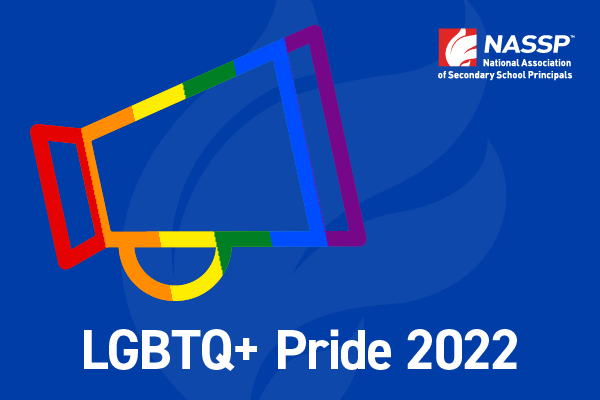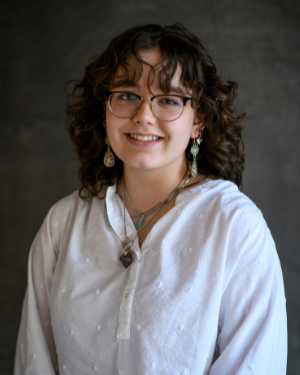During one school’s election for student body president this year, a candidate was openly gay. He was preparing to give a speech over the intercom during homeroom period. A few minutes before he presented, the school’s principal briefly met with him to discuss the contents of his speech.
“You don’t have anything, ya know” he gestured, tilting his hand from side to side, “in there, do you?”
At that moment, the student didn’t really know how to react, didn’t really understand what the principal was insinuating. After talking to the other candidates, the student realized he was the only one who was asked about the contents of his speech beforehand.
This student, who is a friend of mine, doesn’t believe there was malicious intent or an intentional effort by the principal to deliberately single him out. But what he does think is apparent is that he received different treatment because of implicit bias.

As LGBTQ+ Pride Month rolls around this year, students across the U.S.—students just like my friend—are reminded that there is so much left to do to advocate for LGBTQ+ individuals. I share my friend’s story not to disparage his principal, but to offer educators some insight from a student perspective. After all, when we know better, we can do better.
During the winter of this past school year, I worked with the Kentucky Student Voice Team, a youth-led organization focused on research, policy, and advocacy that is committed to co-creating more just, democratic schools. The team conducted research on race, ethnicity, and school climate by disseminating a survey that garnered over 10,000 responses statewide, but the results were much more diverse than geography.
In an optional write-in response, we asked students to identify other parts of their identity that were important to them, such as race and ethnicity. But many disclosed that they were LGBTQ+, and even elaborated that school was not a safe place to be out.
“I am queer and trans. My school does not [have] an environment I feel comfortable being out in. A vast majority of students are incredibly transphobic and homophobic. Just holding hands with a person of the same gender feels unsafe, even if it might be platonic,” said a sophomore from Rowen County, KY.
I think back to my friend’s experience running for student body president, and it is evident that LGBTQ+ students like him still face pervasive unconscious biases.
Celebrating LGBTQ+ pride extends beyond having a club at school for students or simply not excluding them from school events. Celebrating pride looks like listening to LGBTQ+ students about how they truly feel in school and adjusting accordingly. Celebrating pride looks like addressing unconscious biases you may have as a principal or educator and working to ensure your staff members are trained to be empathetic as well.
Pride this year looks like giving LGBTQ+ students agency and autonomy over their education. And it certainly won’t take much to reach them. There are thousands of students waiting to speak out now, so I urge educators across the country to heed their efforts and hear them.

